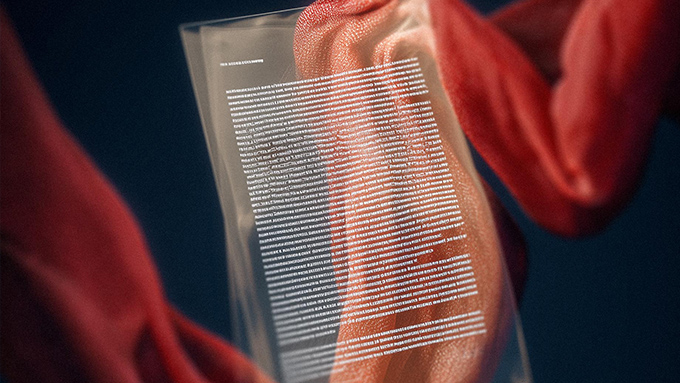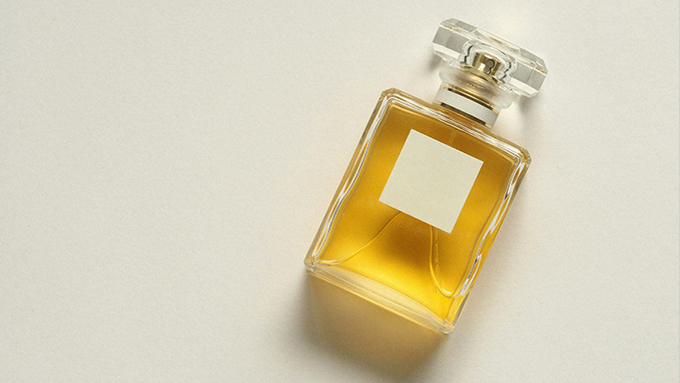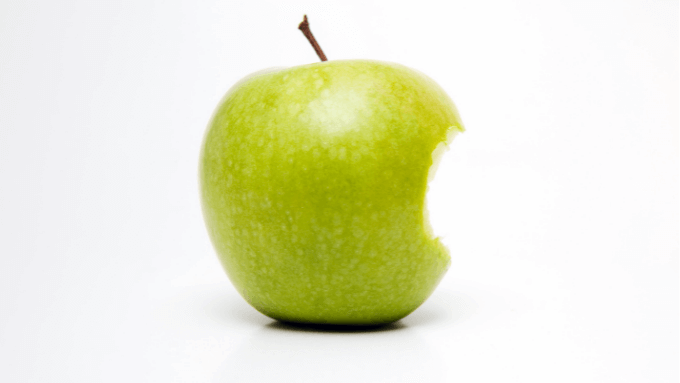Possibilities and the Results of Trademark Confusion
Trademarks are the vehicles that are used to differentiate companies one from the other. They help to capture the consumers’ attention. It is essential and necessary to protect trademarks that are created and improved with capital and effort, from unrightful use by third parties, and to prevent the encroachment of trademarks through confusion. One of the most efficient functions of intellectual property law is to encumber imitations, and to halt improper benefit by using the popularity of the trademarks to their consumers. On the other hand, in our daily lives, we often see trademarks that are similar, and may wonder how they co-exist at the same time. In this article, we will shed light on the reasons why similar trademarks can be registered, the criteria that cause trademark confusion, and the remedies to prevent and/or remove these infringements.
Confusion
In trademark law, confusion means the similarity of the common points of two things. Within this scope, the confusion of the trademarks is to create sameness or similarity in order to confuse the consumers. The likelihood of confusion is sufficient for the rightholders, who registered their trademarks first, to request the removal of the act. An intentional act or damage is not necessary in the existence of this type of confusion.
The Criteria of Trademark Confusion
In order to evaluate trademark confusion, there should be a similarity or sameness formed in the average consumer’s mind. The average consumer is determined in line with the collocutor that the trademark addresses. The collocutor of goods that are utilizable in daily life, shall be the public; whereas, the collocutor of a glass cutting machine shall be the glass producers.
Within this scope, the evaluation is not related only to appearance. The time and the money that consumers spend in the purchase of the goods also play an important role. The sectoral consumers’ possibility to confuse trademarks is considered as low since it is accepted that they conduct more research before they prefer one trademark over another, and they are, on the whole, more conscious. For the trademarks whose collocutors are the public, the likelihood of confusion is rather high, because it is accepted that the public purchases goods through impressions that are made in their minds and, thus, they do not spend much time in research and, so, the items are easily confused.
On the other hand, the likelihood of confusion increases when the trademark is distinctive or unique. The originality of the trademarks is determined in line with their base element. Auxiliary elements are not taken into account in this evaluation. The protection shall be far-reaching and powerful, so long as the base elements’ meaning, words, shape, sound, color, and combination of these issues are distinctive. Thus, if the distinctiveness of the common element of the trademarks is weak, the likelihood of confusion decreases, and the protection sphere lessens.
Finally, in order that the likelihood of confusion exists, the goods that are subject to confusion shall be in the same or similar goods or services class. In other words, if the base element of the trademark that belongs to a different goods or services class are the same or similar, the likelihood of confusion does not occur. For instance, even if the common elements used in a motor vehicle and perfume are similar, this cannot be deemed as confusion, unless the trademark is well-known.
If the earlier registered trademark is well-known, the evaluation of confusion can be made even if the trademarks are for use in connection with the goods or services that are not similar to those for which the earlier trademark is registered. However, if this is the case, one of the following conditions shall be met: the use without due cause of the subsequent trademark i) would take unfair advantage of, ii) be detrimental, or there is a possibility that it may be detrimental to its distinctive character, or iii) reputation of the registered trademark.
Determination of the Sameness and Similarity at the Time of the Registration
The determination of sameness and similarity of an application with a trademark registered earlier is absolute grounds for refusal pursuant to Article 5.1.ç of Intellectual Property Law No. 6769 (“IPL”).
Within this scope, the Turkish Patent and Trademark Institution (“TPTI”) publishes the applications that are not the same, or similar to, the trademarks registered earlier. The rightholders who believe that their trademark and their goods or services class are same, or similar to, those that have just been published, are entitled to object to the registry of the published trademark in line with the relative grounds for refusal, pursuant to Article 6.1 of the IPL. In this manner, the likelihood of confusion is disposed of from the very beginning.
Furthermore, the rightholders whose trademarks are internationally well-known within the scope of the first bis of Article 6 of the Paris Convention, are entitled to apply this relative ground of refusal for those publications that belong to the same or similar goods or services class, even though their trademarks are not registered in Turkey.
In addition, upon the existence of one of i, ii, iii conditions that are mentioned in the previous section, well-known trademark holders whose marks are already registered in Turkey, are entitled to object to the applications that have the likelihood of confusion, even though the publications belong to other goods or services class, pursuant to Article 6.5.
Remedies for Removal of the Confusion
Removal of the Trespass
Causing confusion is deemed as trespass of trademark rights. Rightholders are entitled to prevent the usage of a symbol that is used in the same or similar goods or services class, and which has the likelihood of confusion, including even the possibility to be associated with their own trademarks, pursuant to Article 7.2.b of the IPL. In addition, the IPL, with its Article 7.2.c, grants rights to the proprietors of well-known trademarks that are registered in Turkey in order to prevent third parties from using any symbol that is identical or similar to their well-known trademarks in relation to the goods or services that are not similar to those for which their trademarks are registered, if one of the above-mentioned conditions i, ii, iii exist. Within this scope, the rightholders are entitled to forbid the placement of the symbol on the goods or packages, its usage on business papers and/or advertisements etc.
Invalidity
If the above-noted absolute or relative grounds of refusal exist, the earlier registered trademark’s rightholder is entitled to request from the court to decide upon the invalidity of the trademark that is subject to confusion. In this case, the court’s decision shall be effective, retrospectively, from the date of the application of the subsequent trademark, and the protection provided by the IPL shall be deemed as though it never had been registered.
Penal Remedies
Pursuant to Article 30, a person who produces goods, or provides services, exposes them to sale, or sells them, exports or imports them, purchases, owns, transfers, or keeps to commercial purposes by creating confusion to a trademark that belongs to others, shall be sentenced to between one and three years of imprisonment, and twenty thousand days of judicial fines. If this crime is committed by legal entities, then safety measures can be applied. Investigation and prosecution of this crime begins upon complaint. In order to apply penal remedies, the trademarks must be registered in Turkey.
Provisions of Unfair Competition
Pursuant to the established Court of Cassation decisions, the rights of the trademark proprietors are protected under Turkish Commercial Law numbered. 6100, as well. In line with the provisions of unfair competition, unregistered trademarks and foreign trademarks that are not registered in Turkey may request the removal of trespass, initiate a case in order to prohibit the usage of the symbol, request the removal of financial situation, and the disposal of the equipment and goods are being used to create the confusion. Meanwhile, the rightholders may request to take preliminary precautions, such as protecting the current situation, preventing further occurrences of confusion, and correcting the incorrect or confusing declarations. If a fault of the owner of the symbol that is subject to confusion exists, then compensation of the damages may be demanded, as well as moral compensation, if the conditions set forth in Article 58 of the Turkish Law on Obligations exist.
Finally, upon the complaint of the persons who have right to initiate an action of unfair competition, persons who have caused the likelihood of confusion will be subject to a fine of imprisonment, or judicial fine of up to 2 years. If the crime is committed through the performance of a legal entity, the fines will be imposed on the person who is in charge, the members of the competent organ, or the shareholders of the legal entity, and safety measures will be applied.
Conclusion
The registry or the usage of the symbols that are identical or similar to the trademarks which are deemed as the meeting point of the companies with the consumers, and which are the vehicles that provide the preferability of the consumers, will not be accepted. However, the protection sphere of the earlier registered trademark against the similarities in the symbols requires a detailed evaluation. Within this scope, all of the solid cases should be evaluated in accordance with the criteria explained, above, in order to determine the likelihood of confusion and, afterwards, the remedies to prevent or remove the infringements should apply.
All rights of this article are reserved. This article may not be used, reproduced, copied, published, distributed, or otherwise disseminated without quotation or Erdem & Erdem Law Firm's written consent. Any content created without citing the resource or Erdem & Erdem Law Firm’s written consent is regularly tracked, and legal action will be taken in case of violation.
Other Contents

The Law on Intellectual and Artistic Works No. 5846 (“LIAW”) conditions the recognition of an intellectual product as a “work” (eser) under the LIAW—and thus its protection—on two fundamental criteria: the intellectual product must fall within one of the categories of works explicitly enumerated in the LIAW and bear...

Although trademark protection grants the proprietor strong and exclusive rights, its continuation is contingent upon the trademark being genuinely and functionally used in commercial life. Article 9 of the Industrial Property Code No. 6769 (“IPC”) authorizes the cancellation of a registered trademark where…

In today's competitive business environment, the protection of trademarks plays a vital role in maintaining the competitive advantage of businesses and ensuring consumer trust. In this context, the protection of well-known trademarks is of particular importance in preserving the commercial value and reputation of...

It is observed that there are changes in the legislation and judicial decisions as to whether the use of a previously registered trademark or a trademark for which a registration application has been filed can be considered as trademark infringement by third parties by using the trademark as a trade name...


Today, the globalization of economic activities leads to the transfer of numerous personal data internationally during the daily operations of companies. Therefore, like many national and international data legislations, Law No. 6698 on the Protection of Personal Data (“PDPL” or “Law”) includes protective...

The relationship between the author and the product of their creative activity is protected by moral rights. The moral rights of the author set out in the Intellectual and Artistic Works Act numbered 5846 (“IAWA”) include the authority to disclose the work to the public, the authority to designate the name...

The Court of Cassation has evaluated the criteria related to the similarity of the trademark in all of these decisions, and while showing how the criteria will be applied, it has also helped to determine the boundaries of the term “likelihood of confusion”. In this article, four different 2022 decisions...

The right to property, which is one of the concepts and values underlying the liberal economic and legal system, regulates the ownership relationship between the person and goods. The scope of the term “goods,” which is the subject of the concept of property...















